Home>diy>Building & Construction>How Do You Buy An Apartment Building
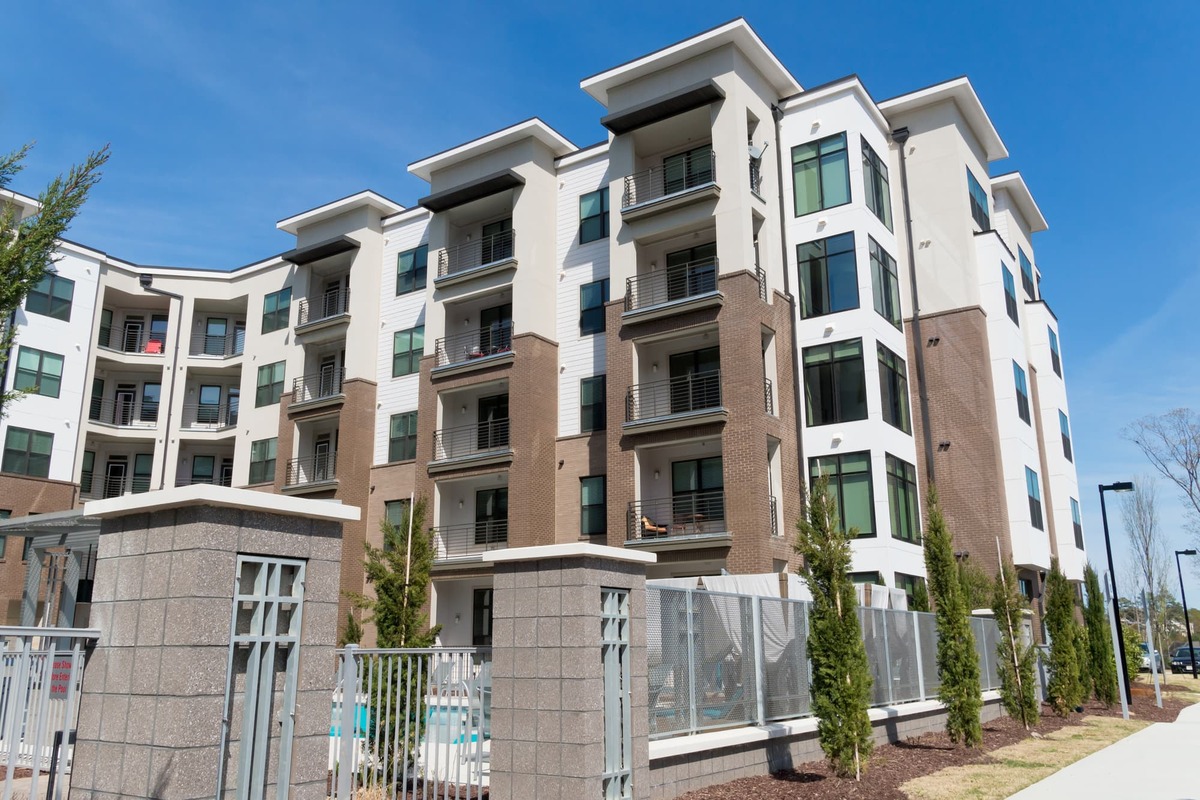

Building & Construction
How Do You Buy An Apartment Building
Modified: December 7, 2023
Learn the step-by-step process of buying an apartment building. Discover valuable tips and insights on building construction and investment strategies.
(Many of the links in this article redirect to a specific reviewed product. Your purchase of these products through affiliate links helps to generate commission for Storables.com, at no extra cost. Learn more)
Introduction
Buying an apartment building can be a lucrative investment opportunity. Whether you are a seasoned real estate investor or a first-time buyer, the process of purchasing an apartment building requires careful consideration and research. By understanding the market, setting a budget, hiring professionals, evaluating potential properties, analyzing financials, negotiating the purchase, securing financing, conducting due diligence, and closing the deal, you can navigate this complex endeavor successfully.
In this article, we will guide you through the steps to buy an apartment building. We will provide you with insights into researching the market, setting a budget, hiring professionals, evaluating potential properties, analyzing financials, negotiating the purchase, securing financing, conducting due diligence, closing the deal, and managing and maintaining the building. Let’s jump into the details and get you well-prepared for this exciting investment opportunity.
Before diving into the process, it’s essential to clarify your objectives and goals. Are you buying the apartment building for rental income, long-term appreciation, or both? How involved do you want to be in the day-to-day management? This will help you in making informed decisions throughout the purchasing process.
Additionally, it’s wise to conduct thorough market research to understand the current conditions and trends. This will enable you to identify potential locations and assess the demand and supply of rental properties in those areas. A strong understanding of the market will empower you to make strategic decisions and maximize your investment returns.
Furthermore, setting a budget is crucial to determine the price range and financing options available to you. You need to evaluate your financial capabilities, consider any additional expenses such as renovations or repairs, and determine how much you can afford to invest. This will help you narrow down your search and focus on properties that align with your budgetary constraints.
Lastly, hiring professionals is essential to guide you through the complex process of purchasing an apartment building. Engaging a real estate agent experienced in commercial properties can save you time and provide valuable insights. Additionally, consulting with attorneys and accountants will ensure all legal and financial aspects are properly addressed.
Now that you have an overview let’s dive into the details of each step to buy an apartment building. By following these guidelines, you’ll be well-equipped to make an informed decision and embark on a successful investment journey.
Key Takeaways:
- Researching the market, setting a budget, hiring professionals, and evaluating potential properties are crucial steps in buying an apartment building. Thorough due diligence and effective management are essential for long-term success.
- Securing financing, negotiating the purchase, and closing the deal require careful planning and attention to detail. Effective management and maintenance are key to maximizing the investment’s potential.
Researching the Market
Before purchasing an apartment building, it is crucial to thoroughly research the market to make informed decisions and maximize your return on investment. Here are the key steps to take when researching the market:
Understanding the market conditions: Begin by gaining a comprehensive understanding of the current market conditions. Analyze factors such as population growth, job market stability, and economic indicators. This will give you insights into the overall health and growth potential of the area’s real estate market.
Identifying potential locations: Determine the locations that align with your investment goals. Consider factors such as proximity to amenities, transportation infrastructure, school districts, and the overall desirability of the neighborhood. Identify regions with high growth potential and a stable rental market.
Analyzing the demand and supply: Assess the demand and supply dynamics in each potential location. Look at vacancy rates, rental rates, and occupancy rates in the area. A high demand for rentals indicates a strong market, while low vacancy rates suggest a shortage of rental properties. Analyze data on historical rental rates and market trends to forecast future growth and rental income potential.
Researching the market is a crucial step in identifying the right location and understanding the potential profitability of your investment. By analyzing market conditions, identifying potential locations, and assessing the demand and supply dynamics, you can make informed decisions and select the most suitable property for your investment goals.
Setting a Budget
Setting a budget is a critical step in buying an apartment building. It ensures that you have a clear understanding of your financial capabilities and helps you narrow down your options. Here are the key elements to consider when setting a budget:
Determining the purchase price range: Evaluate your financial situation and determine how much you can afford to invest in an apartment building. Consider factors such as your personal savings, available funds for a down payment, and the maximum loan amount you qualify for. This will give you a range for the purchase price of the property.
Evaluating financing options: Explore different financing options and determine which one aligns with your financial goals and resources. This could include conventional mortgages, commercial loans, or private financing. Assess the interest rates, terms, and conditions of each option to determine the most suitable choice for your budget and investment objectives.
Allocating funds for additional expenses: In addition to the purchase price, consider other expenses associated with buying an apartment building. This may include closing costs, property taxes, insurance, appraisal fees, and potential renovation or repair costs. Allocate funds for these expenses to avoid any financial surprises down the road.
By setting a budget, you gain a clear understanding of your financial boundaries and can focus your search on properties within your price range. It also helps you determine the best financing option and allocate funds for additional expenses, ensuring a smooth purchasing process and a solid financial foundation for your investment in an apartment building.
Hiring Professionals
When it comes to buying an apartment building, hiring professionals is crucial to ensure a smooth and successful transaction. Here are three key professionals you should consider involving in the process:
Engaging a real estate agent: A knowledgeable and experienced real estate agent specializing in commercial properties can be an invaluable asset. They have access to market data, can help you find suitable properties, and negotiate with sellers. Look for an agent who understands your investment goals and has a track record of success in the commercial real estate market.
Finding reliable attorneys and accountants: It’s essential to have legal and financial professionals on your side to protect your interests and ensure compliance with regulations. Engage reliable attorneys who specialize in real estate transactions and can review contracts, advise on legal matters, and assist with title transfers. Similarly, consult with experienced accountants who can guide you through the financial implications of the transaction and help you structure your investment wisely.
Consulting with property inspectors: Engaging property inspectors is crucial to assess the condition of the apartment building before making a purchase. They will conduct a detailed inspection to identify any potential issues or repairs needed. Property inspectors will provide you with an objective assessment of the property’s structural integrity, electrical and plumbing systems, and overall maintenance. Their expertise will ensure that you are well-informed about the property’s condition and avoid any costly surprises in the future.
Hiring professionals such as real estate agents, attorneys, and property inspectors can provide you with the expertise, guidance, and peace of mind necessary to navigate the complex process of buying an apartment building. They are instrumental in protecting your interests, helping you make informed decisions, and ensuring a successful and smooth transaction.
Evaluating Potential Properties
Once you have done your market research and set a budget, the next step in buying an apartment building is evaluating potential properties. Here are the key steps to consider when evaluating properties:
Reviewing property listings: Start by reviewing property listings, both online and through real estate agents. Take note of key details such as location, size, number of units, amenities, and asking price. Narrow down your options based on your investment goals and preferences.
Conducting thorough inspections: It is crucial to conduct thorough inspections of the properties you are interested in. This includes inspecting the interior and exterior of the buildings, common areas, and individual units. Look for any signs of damage, structural issues, or maintenance needs. Seek professional advice from property inspectors to ensure a comprehensive assessment.
Assessing the condition and age of the building: Evaluate the overall condition and age of the building. Consider factors such as the age and quality of construction, maintenance history, and potential future repairs or renovations. Older buildings may require more upkeep and repairs, which should be factored into your budget and investment plans.
By reviewing property listings, conducting thorough inspections, and assessing the condition and age of the building, you can gather essential information to make an informed decision. It is crucial to not only focus on the financial aspects but also evaluate the physical condition and potential maintenance needs of the property.
Keep in mind that finding the right property may take some time and patience. Don’t rush the process and be thorough in your evaluation. By carefully assessing potential properties, you increase the likelihood of finding an apartment building that aligns with your investment goals and provides a solid return on investment.
Read more: How Do Apartment Building Boilers Work
Analyzing Financials
When buying an apartment building, it is crucial to analyze the financial aspects of the investment. Here are the key steps to consider when analyzing the financials:
Examining the current and projected rental income: Review the current rental income generated by the property. Evaluate the stability of the rental income and any existing lease agreements. Additionally, project future rental income based on the potential market rent and occupancy rates. This will help you determine the income potential and gauge the investment’s profitability.
Reviewing operational expenses and potential repairs: Assess the operational expenses associated with managing the apartment building. Consider factors such as property taxes, insurance, utilities, maintenance, repairs, and management fees. Additionally, factor in any potential repairs or renovations that may be needed. This will give you a comprehensive understanding of the ongoing expenses of the investment.
Calculating the potential return on investment: Calculate the potential return on investment (ROI) for the apartment building. This involves comparing the anticipated rental income to the expenses, including financing, operating costs, and potential repairs. Consider the time horizon for your investment and calculate metrics such as cash-on-cash return, cap rate, and internal rate of return (IRR). These calculations will help you assess the profitability of the investment and make informed decisions.
By analyzing the financials, you gain a clear understanding of the income potential, expenses, and return on investment for the apartment building. This information is critical in making informed decisions and determining the financial viability of the investment.
Remember that accurate financial analysis requires detailed information and a thorough understanding of the local rental market. It is advisable to seek the help of financial professionals or use real estate investment analysis tools to ensure accurate calculations and informed decision-making.
When buying an apartment building, consider the location, condition of the property, rental income potential, and expenses such as maintenance and management. Conduct thorough due diligence before making a purchase.
Negotiating the Purchase
Once you have found a potential apartment building that meets your criteria, the next step is to negotiate the purchase. Here are the key steps to consider when negotiating the purchase:
Submitting an offer: Begin the negotiation process by submitting a formal offer to the seller. The offer should include the proposed purchase price, desired contingencies, and any additional terms or conditions. Make sure the offer is based on a thorough analysis of the property’s value and your budget constraints.
Negotiating the price and terms: Expect back-and-forth negotiation with the seller. Be prepared to counteroffer and consider the seller’s counteroffers. Negotiate not only the purchase price but also other important terms such as the closing date, financing terms, and potential repairs. Always remain professional and objective during negotiations, aiming for a mutually beneficial agreement.
Finalizing the purchase agreement: Once the negotiation reaches an agreement, it is necessary to finalize the purchase agreement. The purchase agreement should include all the agreed-upon terms, responsibilities of both parties, contingencies, and other legal requirements. Consult with your attorney to ensure that all necessary provisions and protections are included in the agreement.
Negotiating the purchase requires effective communication, negotiation skills, and a thorough understanding of the property’s value. It is important to approach negotiations with a clear plan and be prepared to compromise to reach a mutually beneficial agreement.
Remember, it’s wise to have legal representation throughout the negotiation process. An experienced real estate attorney will ensure that your interests are protected and guide you through the complexities of the negotiation and purchase agreement.
Securing Financing
Once you have negotiated the purchase of an apartment building, the next step is to secure financing for the investment. Here are the key steps to consider when securing financing:
Applying for a mortgage loan: Begin by applying for a mortgage loan from a financial institution or lender. Provide them with all the necessary documents, such as income statements, tax returns, and property details. The lender will evaluate your financial situation and determine your eligibility for a loan.
Evaluating loan options and rates: Explore different loan options and evaluate their terms and conditions. Consider factors such as interest rates, down payment requirements, repayment terms, and potential prepayment penalties. Compare loan offers from multiple lenders to select the most favorable option for your financial situation and investment goals.
Meeting the lender’s requirements: Work closely with the lender to meet their requirements. This might include providing additional documentation, undergoing a property appraisal, or fulfilling specific conditions. Be prompt and thorough in providing the requested information to expedite the loan approval process.
Securing financing is a crucial step in buying an apartment building, as it provides the necessary funds to complete the purchase. It is advisable to shop around for financing options and compare offers from different lenders to ensure that you obtain the most favorable terms and rates.
Keep in mind that lenders will carefully evaluate your financial situation and the investment’s potential before approving your loan. Maintain a good credit history, provide accurate and complete information, and work closely with the lender to meet their requirements for a successful loan application.
Consulting with a financial advisor or mortgage broker can also be helpful. They can provide guidance, identify suitable loan options, and assist you in navigating the complexities of securing financing for an apartment building investment.
Due Diligence
Performing due diligence is a critical step in the process of buying an apartment building. It involves conducting a thorough assessment of the property to uncover any potential risks or issues that could impact your investment. Here are the key steps to consider during due diligence:
Conducting a detailed property inspection: Engage a professional property inspector to conduct a comprehensive inspection of the apartment building. They will examine the structure, electrical and plumbing systems, HVAC systems, and other components. The inspection will identify any existing issues or areas requiring repairs, providing you with a clear understanding of the property’s condition.
Reviewing lease agreements and tenant records: Review the lease agreements in place and assess the tenant records. Verify that all leases are current, analyze the rental terms, and evaluate the tenant payment history. This will help you understand the stability and quality of the existing tenant base and anticipate any potential challenges or opportunities.
Checking for any legal or zoning issues: Conduct a thorough investigation to ensure there are no legal or zoning issues that could affect the property. Review property records, permits, and certificates of occupancy to verify compliance with local regulations. Additionally, consult with attorneys and local authorities to identify any potential legal or zoning issues that could impact the property’s use or future development potential.
Performing due diligence is essential in mitigating risks and making informed decisions when buying an apartment building. By conducting a detailed property inspection, reviewing lease agreements and tenant records, and checking for legal or zoning issues, you gain a comprehensive understanding of the property’s condition, potential income streams, and compliance with regulations.
Seek the assistance of professionals, such as property inspectors, real estate attorneys, and zoning experts, to ensure a thorough due diligence process. Their expertise and guidance will help you uncover any potential pitfalls and make informed decisions regarding the apartment building investment.
Closing the Deal
After conducting due diligence and finalizing the terms of the purchase, you are ready to close the deal and officially become the owner of the apartment building. Here are the key steps involved in closing the deal:
Completing the necessary paperwork: Both the buyer and the seller, with their respective legal representatives, will need to complete the necessary paperwork to finalize the transaction. This includes signing the purchase agreement, deed, and any other relevant documents required by local laws and regulations.
Transferring ownership and collecting keys: At the closing, the ownership of the apartment building will be transferred from the seller to you as the buyer. Once the transaction is complete, you will receive the keys to the property. This signifies the official transfer of ownership and allows you to take possession of the building.
Ensuring a smooth transition for tenants: It’s important to ensure a smooth transition for the existing tenants. Communicate with them well in advance about the change in ownership and provide them with any necessary instructions or updates. Address any concerns they may have and ensure that lease agreements and security deposits are properly transferred and documented.
During the closing process, it’s crucial to have the assistance of experienced real estate attorneys to guide you through the legal requirements, protect your interests, and ensure a smooth transaction. They will review all the paperwork, verify the transfer of ownership, and handle any outstanding issues.
Once the closing is complete, you can start managing and operating the apartment building according to your investment plan. Ensure that you have a clear understanding of the property’s management requirements and establish systems for rent collection, maintenance requests, and tenant communication.
By completing the necessary paperwork, transferring ownership, and ensuring a smooth transition for tenants, you can finalize the purchase of the apartment building and begin your role as the new owner. This marks the start of an exciting journey in managing and maximizing the potential of your investment.
Managing and Maintaining the Building
Once you have acquired an apartment building, effective management and maintenance are key to ensuring its long-term success and profitability. Here are the key aspects to consider when managing and maintaining the building:
Setting up a management system: Establish a comprehensive management system to streamline operations and ensure smooth communication with tenants. This includes setting up procedures for rent collection, lease renewals, property inspections, and handling maintenance requests. Consider utilizing property management software or engaging a professional property management company to help with day-to-day tasks.
Handling tenant concerns and maintenance requests: Promptly address tenant concerns and maintenance requests to maintain tenant satisfaction and preserve the condition of the building. Establish clear channels of communication, such as a dedicated phone line or email address, to receive and address tenant inquiries. Implement preventive maintenance measures to minimize potential issues and quickly resolve any maintenance emergencies.
Monitoring the property’s performance: Regularly monitor and assess the property’s financial performance. Track rental income, occupancy rates, and expenses to ensure that they align with your investment plan. Analyze the performance metrics, such as cash flow, return on investment, and net operating income, to identify areas for improvement and make informed decisions for optimizing the property’s profitability.
By effectively managing and maintaining the building, you enhance tenant satisfaction, reduce vacancy rates, and increase the overall value of the property. Prioritize tenant communication, address maintenance needs promptly, and continuously monitor financial performance to maximize the return on your investment.
Consider enlisting the help of property management professionals or building maintenance contractors to ensure that the property is well-maintained and managed efficiently. Their expertise and experience can alleviate the workload and provide valuable insights for optimizing the performance of the apartment building.
Remember, successful management and maintenance require ongoing attention and proactive measures to provide a safe and comfortable living environment for tenants and protect the long-term value of the property.
Conclusion
Congratulations! You have reached the end of this comprehensive guide on buying and managing an apartment building. Investing in an apartment building can be a lucrative and rewarding endeavor, but it requires careful planning, research, and execution. Let’s recap the key steps covered in this article:
– Researching the market: Gain a thorough understanding of the market conditions, identify potential locations, and analyze the demand and supply dynamics in your target areas.
– Setting a budget: Determine your purchase price range, evaluate financing options, and allocate funds for additional expenses to ensure a solid financial foundation for your investment.
– Hiring professionals: Engage a real estate agent, find reliable attorneys and accountants, and consult with property inspectors to guide you through the complex process of buying an apartment building.
– Evaluating potential properties: Review property listings, conduct thorough inspections, and assess the condition and age of the building to make an informed decision.
– Analyzing financials: Examine the current and projected rental income, review operational expenses, and calculate the potential return on investment to assess the profitability of the property.
– Negotiating the purchase: Submitting an offer, negotiating the price and terms, and finalizing the purchase agreement are crucial steps in securing the apartment building at the best possible terms.
– Securing financing: Apply for a mortgage loan, evaluate loan options and rates, and meet the lender’s requirements to obtain the necessary funds for the purchase.
– Conducting due diligence: Conduct a detailed property inspection, review lease agreements and tenant records, and check for any legal or zoning issues to minimize risks and identify potential challenges.
– Closing the deal: Complete the necessary paperwork, transfer ownership, and ensure a smooth transition for tenants, marking the official acquisition of the apartment building.
– Managing and maintaining the building: Set up a management system, handle tenant concerns and maintenance requests promptly, and monitor the property’s performance to optimize its profitability and long-term success.
By applying the knowledge and insights gained from this guide, you are well-equipped to embark on your journey as the owner of an apartment building. Remember to continuously educate yourself, adapt to market changes, and engage professionals as needed to navigate the challenges and capitalize on the opportunities that arise.
Real estate investment is a dynamic and ever-evolving field, and success comes with dedication, perseverance, and a proactive approach. Best of luck in your endeavors as you venture into the world of apartment building investment!
Frequently Asked Questions about How Do You Buy An Apartment Building
Was this page helpful?
At Storables.com, we guarantee accurate and reliable information. Our content, validated by Expert Board Contributors, is crafted following stringent Editorial Policies. We're committed to providing you with well-researched, expert-backed insights for all your informational needs.



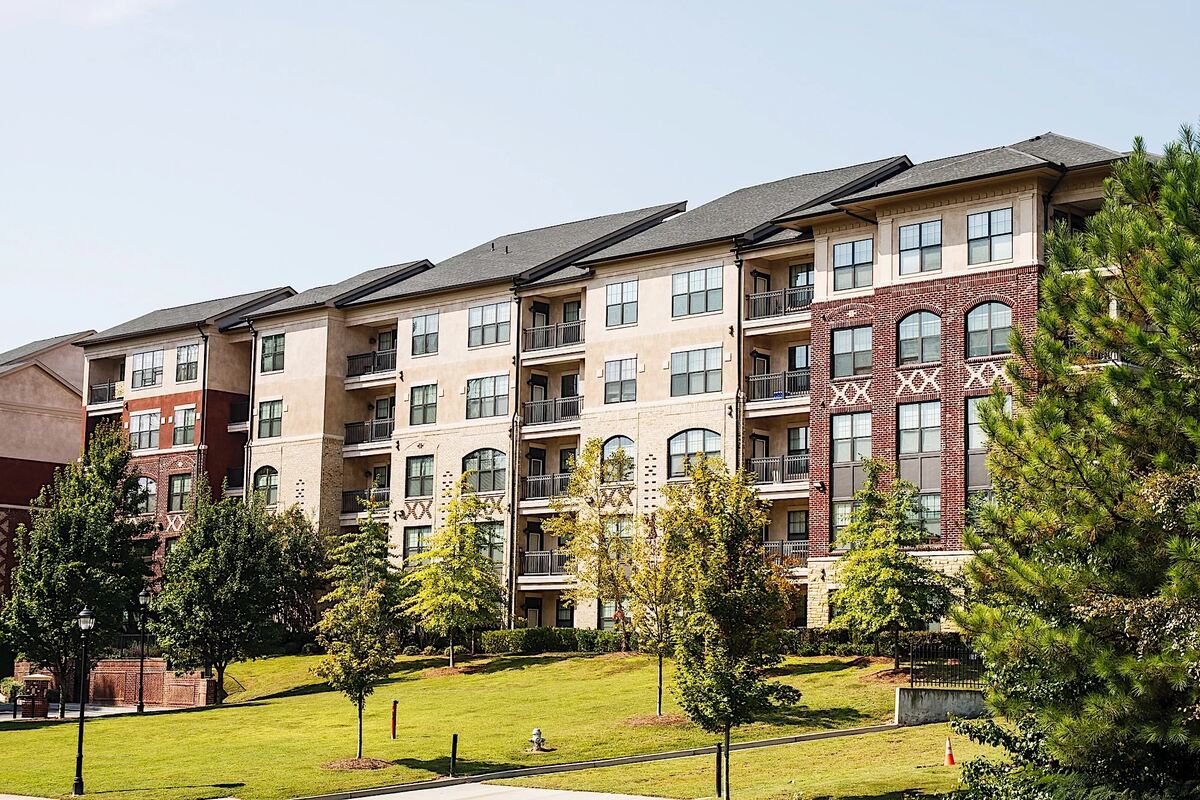

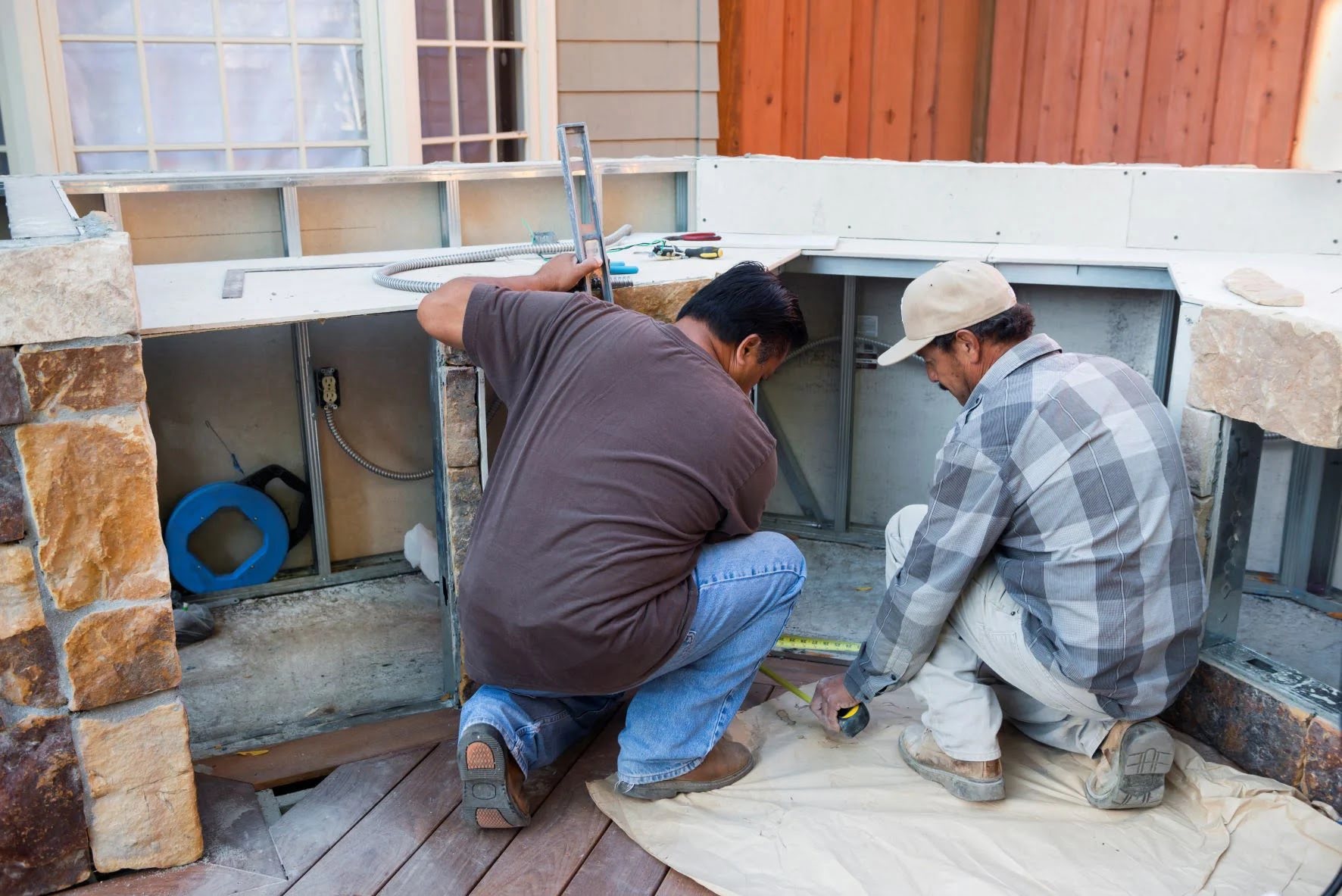

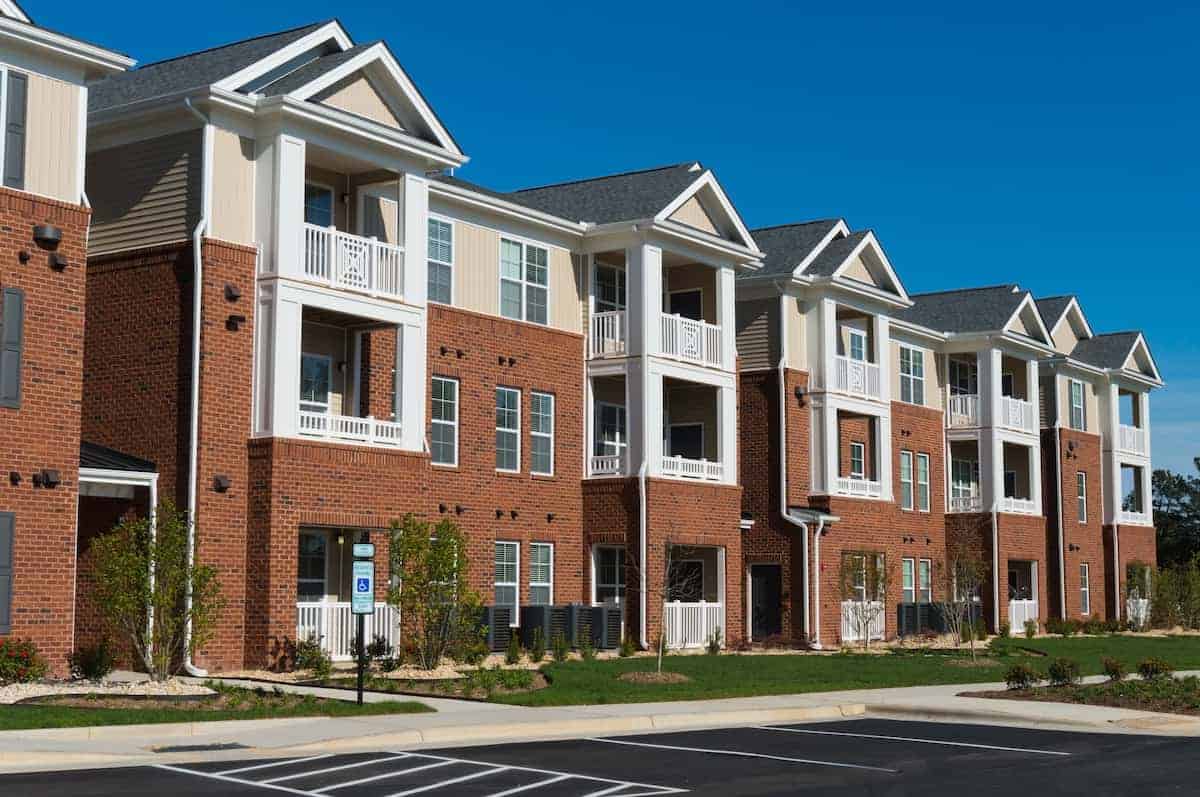



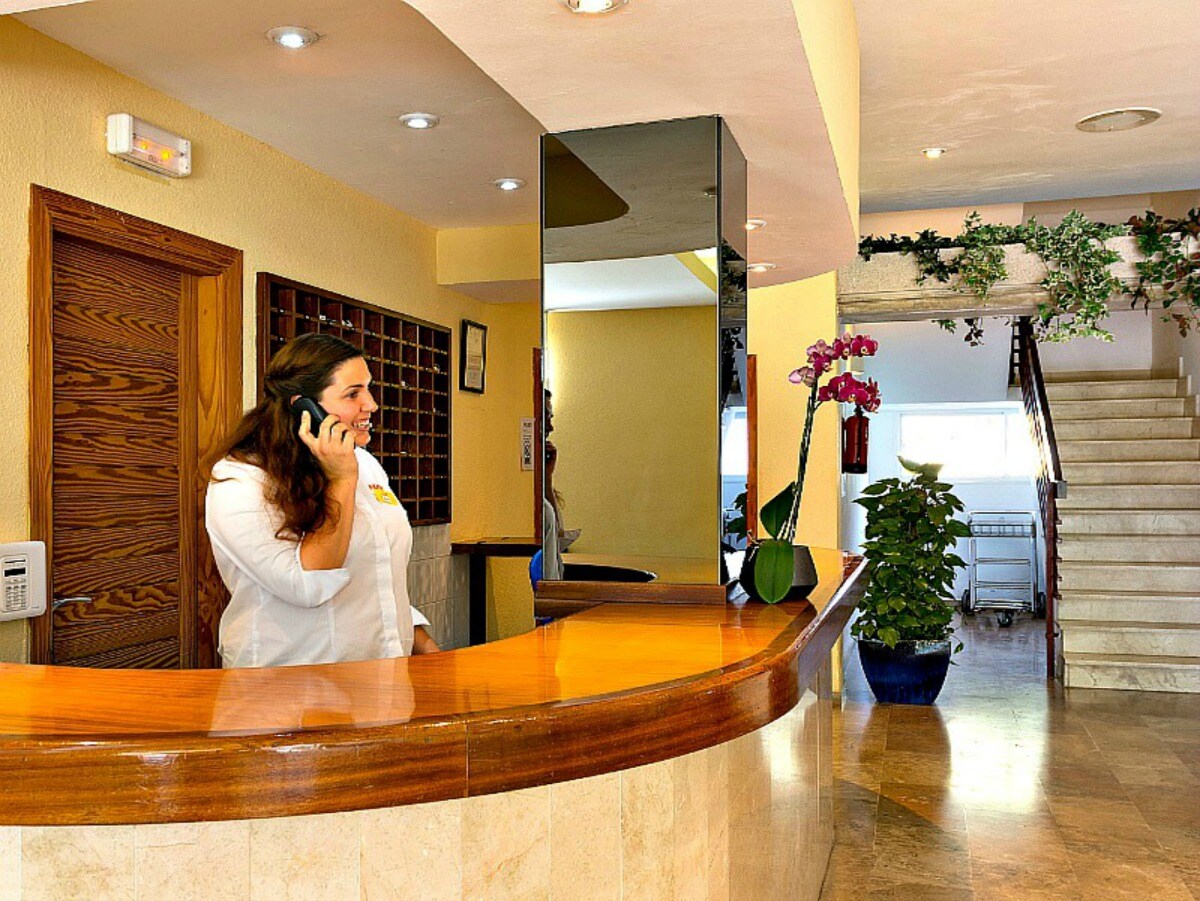
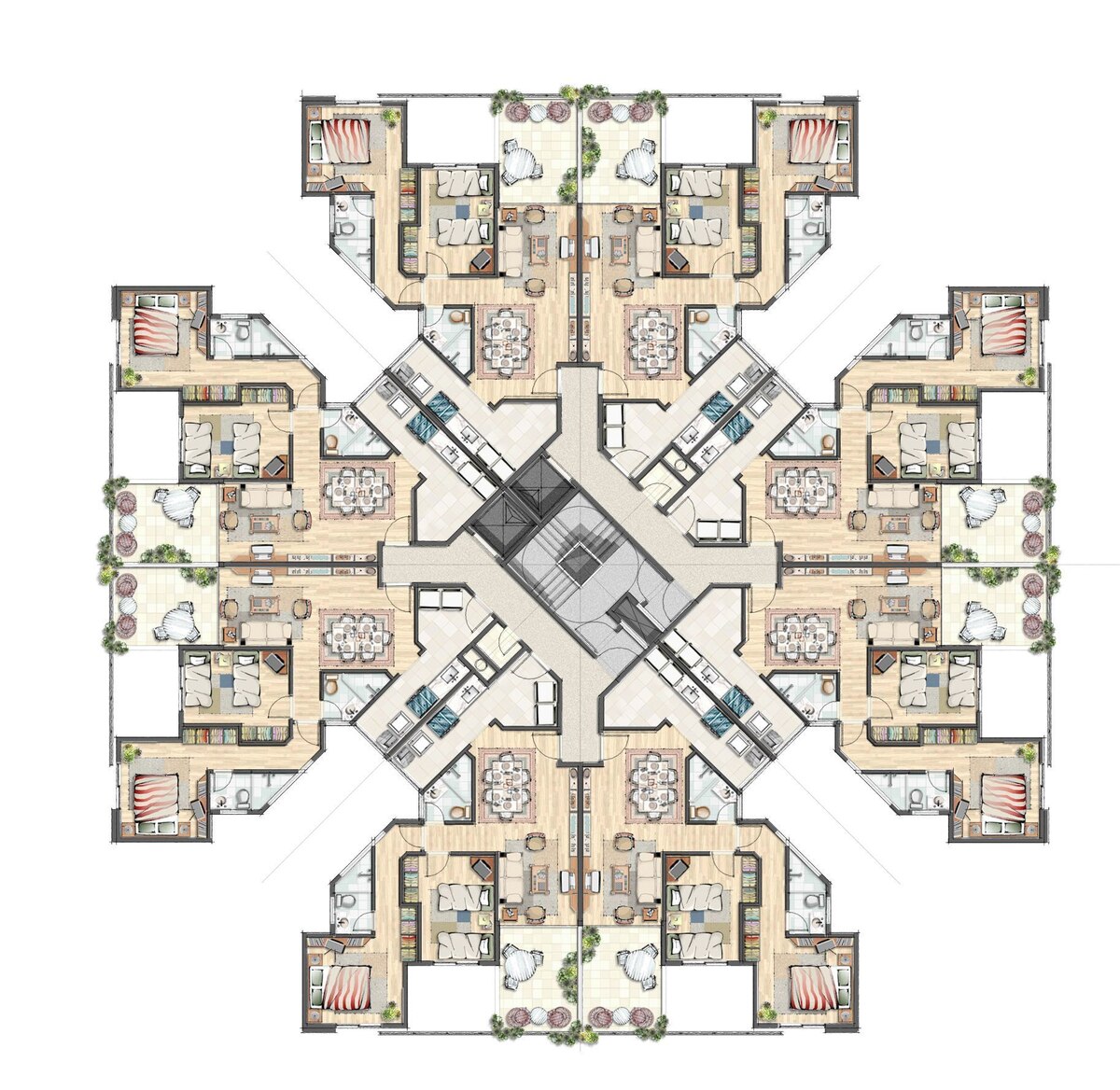

0 thoughts on “How Do You Buy An Apartment Building”